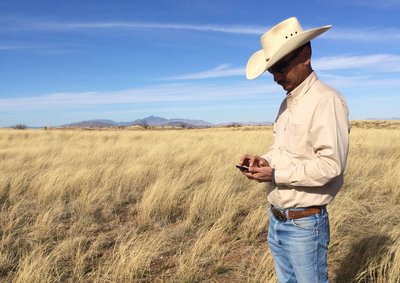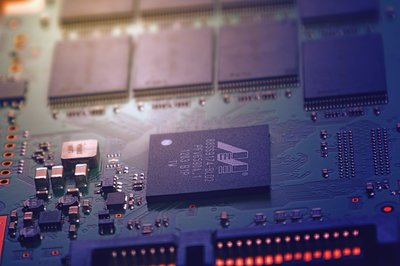While IoTs will boost the digitization of agriculture through enabling the internal and external networks of farming operations, education and knowledge transfer hold the key to getting smart farming to take off. Here is why strong educational efforts focused on high-tech farming skills are needed.
Over the past 10 years, decreasing prices for sensors, actuators and micro-processors, as well as the development of big data algorithms, cloud technologies and high-speed cellular communications ushered in the ‘Agriculture 4.0’ revolution. Here precision farming processes gained in efficiency, accuracy and automation. The concept of ‘Agriculture 4.0’ draws from ‘Industry 4.0’, which describes progress towards automation and data integration in manufacturing.
Yet, a recent research from the McKinsey Institute showed that farming had the lowest ICT penetration rate of all industries, even though agri-digital solutions have been on the shelves for many years. Industries with higher digital uptake, like finance or chemicals, experienced robust productivity growth over the last years.
 It seems that for many farmers, the digital revolution does not live up to its promises. The reasons for this uptake gap are well-known: a lacking broadband internet in many rural areas, high purchase costs of technologies such as variable-rate systems and low generational renewal in farming. But more crucially, many farmers feel they lack the skills to make the most of digital technologies and write off purchase costs. While the uptake of guidance systems on tractors has been satisfying, smart systems performing variable-rate input applications are still a far cry from going mainstream, as they are more complex to use.
It seems that for many farmers, the digital revolution does not live up to its promises. The reasons for this uptake gap are well-known: a lacking broadband internet in many rural areas, high purchase costs of technologies such as variable-rate systems and low generational renewal in farming. But more crucially, many farmers feel they lack the skills to make the most of digital technologies and write off purchase costs. While the uptake of guidance systems on tractors has been satisfying, smart systems performing variable-rate input applications are still a far cry from going mainstream, as they are more complex to use.
A generational loss of farming know-how?
The long-standing drop among the European population employed in agriculture has occurred in parallel with the increased specialization of farming jobs. For example, the total workforce of Germany employed in agriculture, forestry, fishing and hunting has dropped from 4.2% in 1991 to barely 1.4% in 2015. And as broad, family-farm structures give way to larger, monocultural farm operations, the number of young people with a comprehensive understanding of farming has seen a substantial decline. Teachers of agricultural techniques in the western world are thus faced with the dual challenges of accommodating students with lower farming literacy, while allowing them to catch up with the digital revolution. This requires new methods, and, possibly, stronger public support.
Unlocking EU structural and investment funds for high-tech skills in farming
EU funding for training and knowledge transfer in farming primarily comes in the form of grants from the European Agricultural Fund for Regional Development (EAFRD), the European Regional Development Fund (EFRD), as well as the European Social Fund (ESF). These three funds contain 70% of the EU’s total budget for 2014-2020.

Although funding from the ERDF, the ESF and the EAFRDF come from the EU budget, the system is decentralized: funding allocation is governed by the content of the partnership agreements signed between the European Commission and the Member States at the beginning of each programming period. Money then comes in the form of grants co-funded by the EU and national or local authorities through so-called ‘operational programmes’. The share of EU funds earmarked for knowledge transfer in agriculture is, therefore, a matter of local political will. Examples of goodwill include Greece, which, in 2015, partnered with national research and innovation institutes to provide around 5000 farmers with support to implement innovative practices through the ESF budget.
Other vehicles for supporting knowledge transfer in farming include the €7 billion Lifelong Learning Programme, which supports study visits, exchange programmes and networking activities. Last but not least, EU-funded R&I projects play a role in bridging the skills gap: for example, the Trial Management Work Package of IoF2020 foresees the development of training materials and training sessions for stakeholders to make proper use of the software and equipment applied along the project’s 19 use-cases.
Would you like to know more about how new teaching methods can contribute to reducing the gap between agriculture and society, and speed up knowledge transfer in farming? Read "Ag education adapts as technologies progress" at whig.com